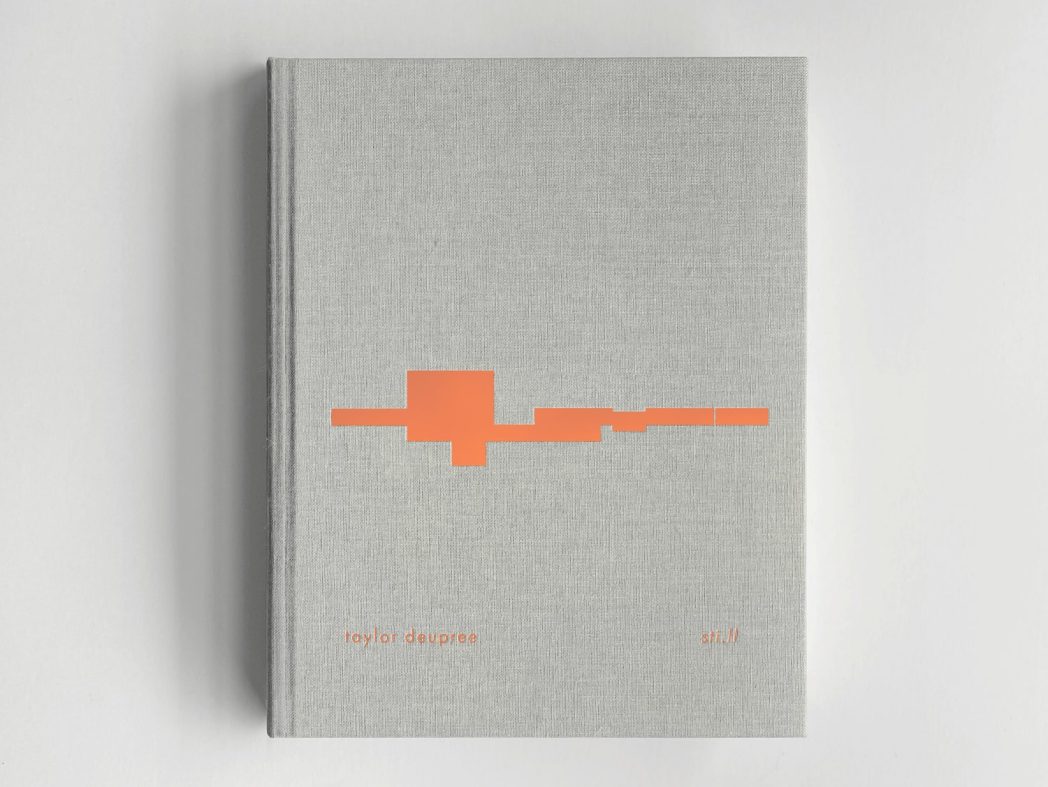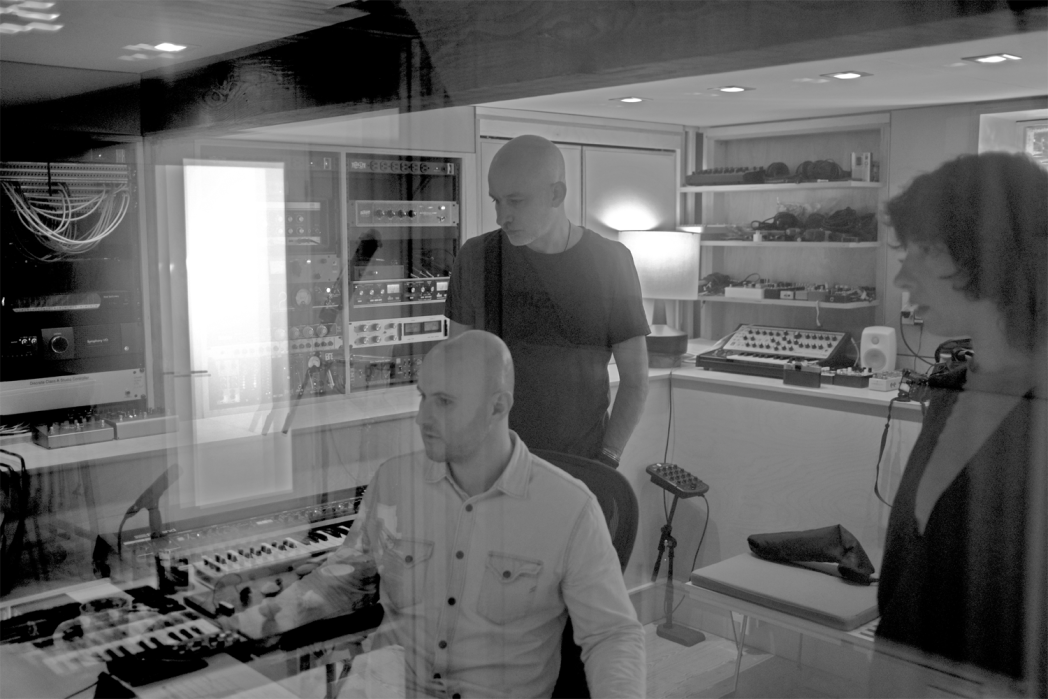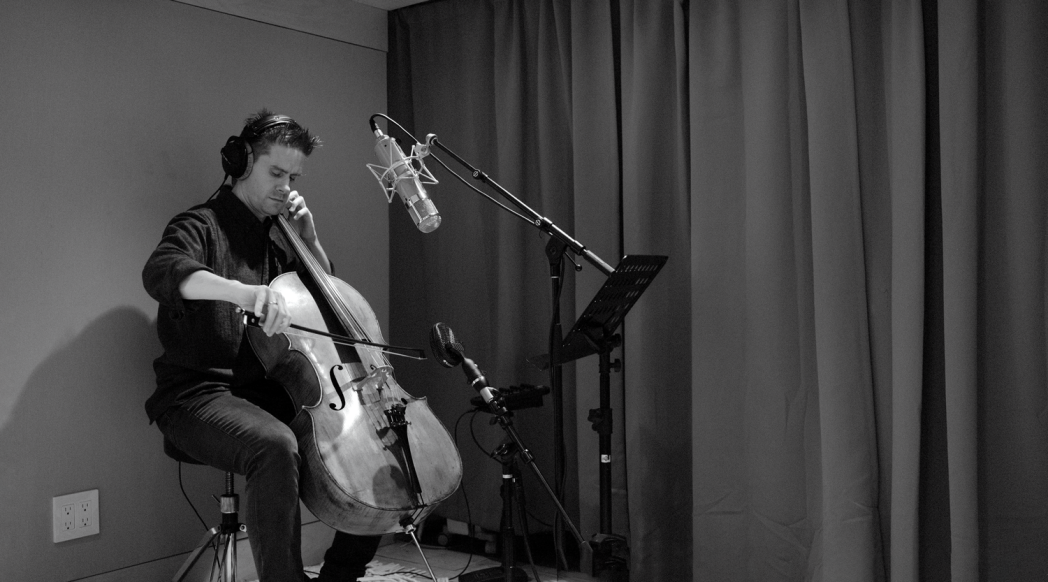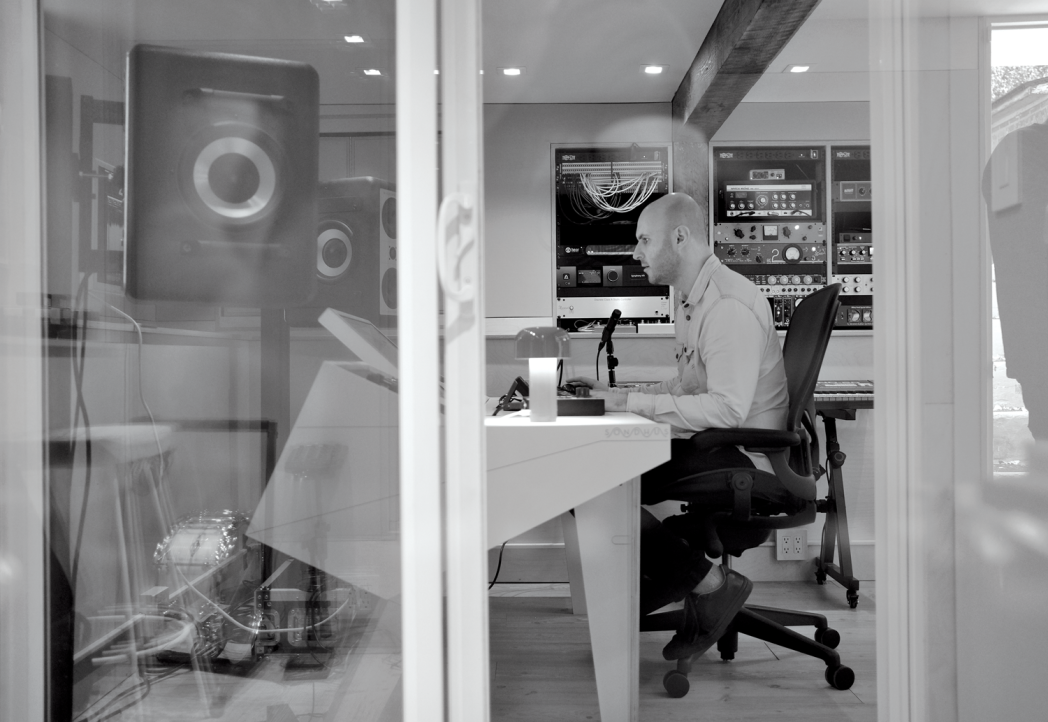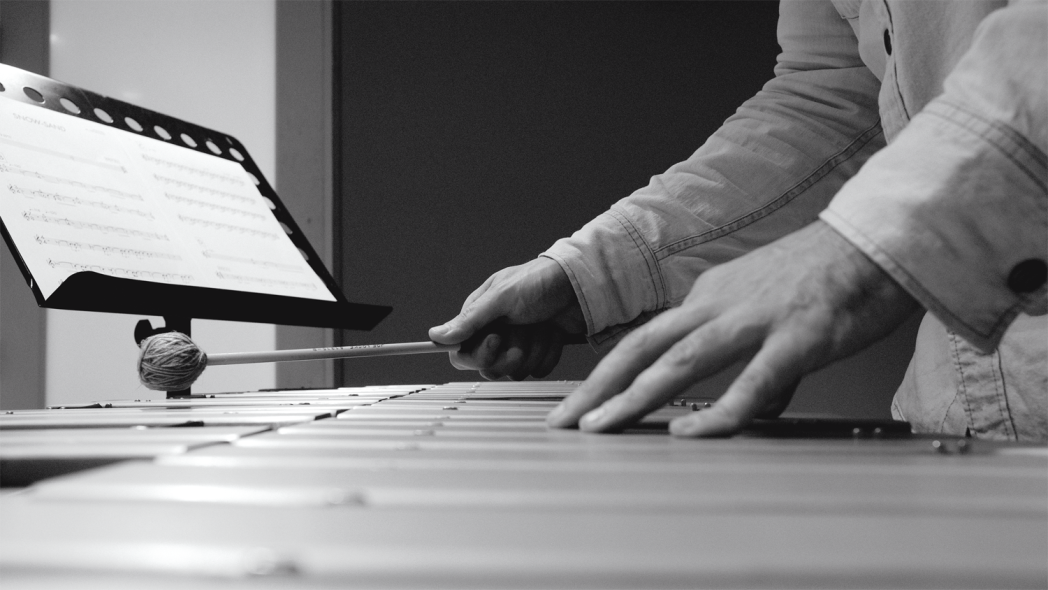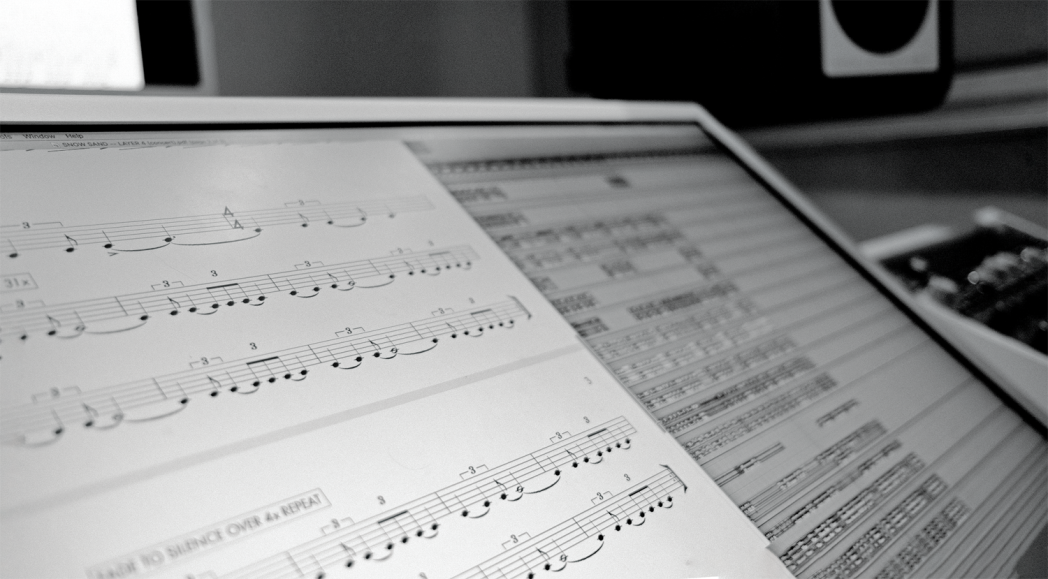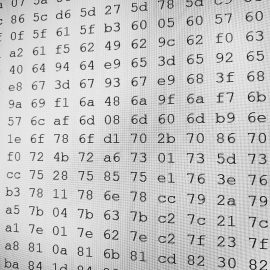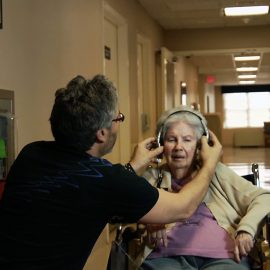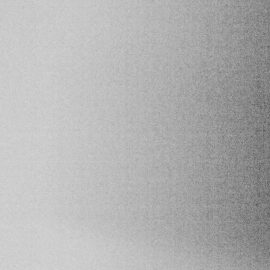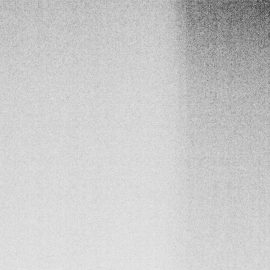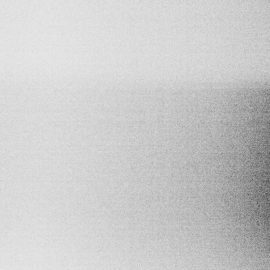Today, I’ve got something extraordinary for you, folks! On May 17th, the New York-based greyfade label, founded in 2019 by Joseph Branciforte, is releasing a monumental project by the one and only Taylor Deupree. This is an all-acoustic re-imagining of his 2002 album Stil., which took numerous years to complete through transcription and arrangement by the above-mentioned Branciforte for an ensemble of musicians and a recording without any sample-based trickery. Furthermore, the album is being released in the newly launched FOLIO format, which includes a linen hardcover book with essays reflecting on the conception and creation of this piece, including the full score, studio photography, and a digital music download. I have plenty to say about this fantastic project, but I’ve got ahold of an actual excerpt from this edition, which I am happy to republish here with permission from the label. And you’ve got plenty to read! Here, I share just a sample of the content you can find within! Let’s go!
TAYLOR DEUPREE
Occur and Stil.
In the summer of 2001, I released an album called Occur on my 12k label. It was created at the height of the microsound or glitch movement of the time.
This was when personal computers became powerful enough to do complex processing of audio in real time, and artists were interested in not only the wealth of new technology being released, but techniques that pushed these systems to the limit, embracing and enhancing the glitches.
I became intrigued by the ability to zoom so far into sounds that I could manipulate them at microscopic levels. I could harness tiny clicks, transient pops, microsecond flashes that sounded, to me, like new instruments. These became the building blocks of Occur.
I also was very inspired at the time by the ideas of transience. I found beauty in the impermanence of things, like the sounds of the city passing by the windows of my Brooklyn apartment. I marveled at the brief sounds of the city, always on the move, never repeating. The microscopic sounds I was able to harness with these new audio technologies became the perfect instruments to paint a sonic picture of the city around me.
But Occur was only exploring half of what I was inspired to do with my music. The other half was the polar opposite: extreme repetition, stillness, permanence.
Sometime around 2000 or 2001 a friend of mine introduced me to the photographic work of Hiroshi Sugimoto, specifically his collection called Seascapes. This book of 200 black-and-white photographs places the ocean’s horizon line right across the center of the frame, splitting the image into equal parts sky and water. These photographs are deeply meditative; they invite the viewer to slow down and appreciate the subtle variations of tone in the cloud and water patterns. While at first glance all of the photographs “look the same,” it quickly becomes evident that they teem with movement and variation. It is a work of both repetition and constant change.
I decided to embark on writing an album that would translate the inspiration I garnered from Sugimoto’s Seascapes into sound. It was an album that would be the very opposite of Occur, an album I would title Stil.
Sti.ll
As the years passed, I began to see Stil. poking its head around the corner at me, asking how it fit into the big picture. The album had become one of my better known works, an entry point to my music for many listeners, and yet my techniques had shifted so much since its creation. I thought to myself: if I created Stil. now, at this point in my creative process, what would it sound like? Eventually, I came around to the idea to recreate Stil. using acoustic instruments, to have the subtle variations and inflections of these instruments become the constant change that digital, granular looping supplied the album back in 2002.
I started work on the album myself, using a Hohner Pianet T electric piano and a xylophone with mallets and bows. Within a day, I knew I was in over my head.
I wouldn’t have the chops to play enough instruments to cover the palette I knew I needed. After a handful of failed attempts, I saw that it would become more about rebuilding the complex original structures into individual parts for other players. I knew I needed someone highly skilled in musical transcription and arranging and with the network to find, hire, and coordinate musicians.
My friend Joseph Branciforte was that someone. He had experience translating our colleague Kenneth Kirchner’s experimental electronic works into arrangements for acoustic ensembles.
When I approached Joe with the idea, he was interested and intrigued but not 100% sure we would be able to pull it off. We had some initial meetings listening to the songs and discussing possible instrumentation.
We went into the project with two rules. The first was that every instrument had to be recorded with a microphone; it had to be acoustic vibrations in the air. Second, although we wanted to get the new pieces to be as accurate a representation of their digital counterparts as we could, we agreed that we wouldn’t be too precious about that in the end. We wanted the new versions to stand on their own and were willing to make certain changes and concessions as they were needed. Considering that we were approaching the album from a very different place, we would sometimes have to make alterations to better suit our medium, almost like one might approach making a film version of a book.
JOSEPH BRANCIFORTE
Having previously worked on several large scale electronic-to-acoustic translation projects with composer Kenneth Kirshner, I knew that this project wasn’t the sort of thing that could be slapped together in a couple weekends. This would be a major undertaking—musically, conceptually, and logistically. And there were several specific components of the project that I found particularly difficult to wrap my head around.
First, unlike the Kirschner projects, the sounds on Stil. were not attempting to represent acoustic instruments: these were unapologetically electronic sounds—digitally generated and chopped, granulated, and filtered beyond any possible real-world correlates—that we would need to represent acoustically. The timbral language Taylor had located in the digital realm would have to be created ex nihilo in the acoustic. For every sound on Stil. for which I could imagine a possible acoustic orchestration, there were four others that left me stumped.
The second challenge was rhythmic. Although Taylor’s music could hardly be more different from Kenneth Kirschner’s in its results, both make heavy use of the same technique—asynchronous looping—in their compositional processes. This technique entails layering short sounds or phrases on top of one another, each one repeating at a different rate or tempo. One sound or phrase, for instance, may repeat every 1.68 seconds, another every 4.53 seconds, and a third every 13.5 seconds. I knew from working on Kirschner’s music that this would pose challenges for representing Stil.’s rhythm relationships in traditional music notation—and later in a digital audio workstation— since the relationships between sounds or phrases are not always able to be represented rationally.
In Kenneth’s music, my solution was to use one global tempo, with constantly shifting meters, and then employ a process of “rhythmic downsampling” to comfortably represent all the voices within a single grid system. But Kenneth’s music was not composed on a grid to begin with, so this slight downsampling in rhythmic accuracy is not really perceptible, especially when stacked up in a multi-voice aggregate.
In Stil., however, I could hear certain sounds and phrases with a clear, identifiable metric structure. These exist within a larger aggregate consisting of other tempi and metric structures that have their own integrity. To use a global grid and downsample the rhythms of individual voices would fundamentally distort the rhythmic feel of individual voices. The second piece on the album, Recur, seemed almost certain to require multiple grids running independently of one another, if rhythmic accuracy was to be attempted. Getting these independent tempi to relate to each other precisely on a score, let alone in a digital audio workstation, was a challenge I had never encountered before as an arranger or recording engineer.
Fidelity
Implicit in all the above questions is a basic concern for fidelity—a demand for faithfulness to the specific rhythmic, timbral, and formal elements of the original pieces. I realize that this concern is not necessarily a prerequisite for a project like this, or even perhaps what Taylor originally had in mind. It’s conceivable he was thinking about the whole project in a very loose way, i.e. “Let’s get together with a clarinetist, listen to the original album together for a minute, and then have them riff on a few of the notes and textures.” And maybe by transcription he simply meant: “write down the names of a couple pitches you can most readily hear.” I mean, that could certainly make for an interesting album in its own right, but would it really be Stil.?
No, I thought.
And regardless of what Taylor may or may not have had in mind, as a die-hard fan of the original, I just couldn’t countenance being the person who took an album whose success was largely due to its particular structure and carefully controlled repetitions and turned it into an acoustic jam session. That just couldn’t happen.
There would need to be accuracy. It would have to be immediately recognizable as Stil..
Taking on Sti.ll
I struggled at first with whether to embark on this project, because it wasn’t immediately clear to me why it was necessary. The original Stil. album was, for me, not really something that needed “re-imagining”—it was a perfect encapsulation of a certain experimental approach to digital music-making that blossomed in the mid-1990s to the early 2000s, when powerful digital signal processing and non-linear editing combined to allow the creation of novel sounds and forms. Stil.’s austere approach to digital repetition also gives it a timeless quality that also transcends its particular historical moment.
So why, ultimately, did I take this project on?
I think the primary reason was that I wanted to learn. I wanted to understand not only how Stil. worked on a nuts-and-bolts level, but also how Taylor worked—how he thought about music, why he is drawn to certain processes and sounds and not others. I thought of it like taking a graduate class in the experimental electronic music of the early 2000s, a deep dive into one of my favorite albums of that time, working alongside one of my favorite practitioners.
Sti.ll is a snapshot of Taylor’s and my way of thinking— and hearing—in 2024. It’s a convergence of specific people, ideas, and technologies old and new into something that feels “of the moment” to us both.
